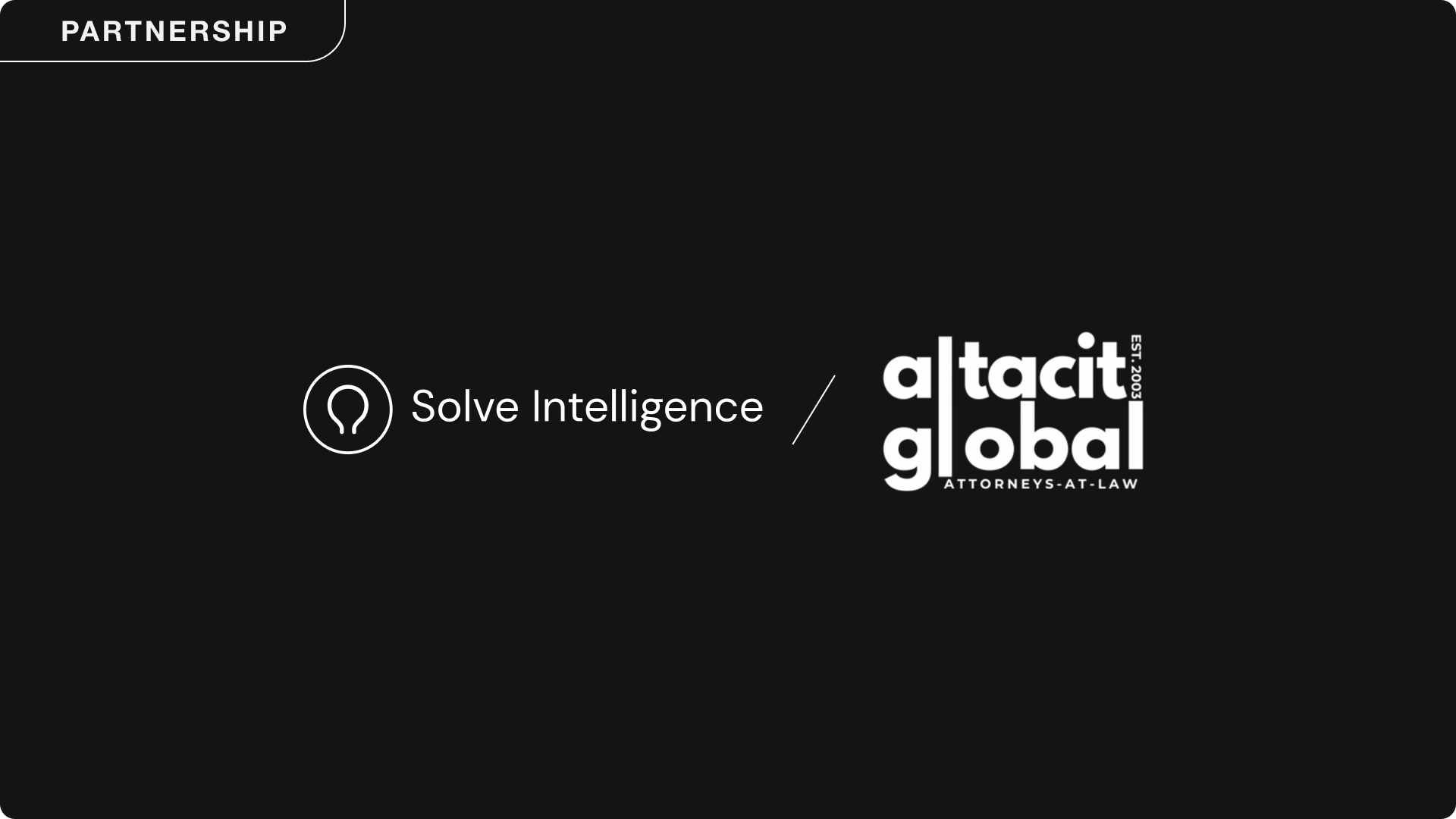G 1/24 Decision: EPO Clarifies Claim Interpretation
The Enlarged Board of Appeal issued its decision in case G 1/24 on 18 June 2025, concluding that "The description and drawings shall always be consulted to interpret the claims when assessing the patentability of an invention under Articles 52 to 57 EPC, and not only if the person skilled in the art finds a claim to be unclear or ambiguous when read in isolation."

Resolving Conflicting Case Law
The decision in G1/24 settles a long-running conflict in EPO case law. Some prior EPO decisions required reference to the description only when claims were unclear or ambiguous. Others suggested the description should always be consulted. This inconsistency created uncertainty for practitioners and examiners alike.
The decision clearly establishes that "the description and drawings must always be consulted when interpreting the claims, and not just in the case of unclarity or ambiguity." This decision aligns EPO practice with national courts and the UPC.
Potential Implications
Heightened Focus on Description Quality
The requirement to always consult the description when interpreting claims may lead practitioners to pay closer attention to how and what terminology is used in the description. Definitions and explanations that seemed peripheral during drafting could now play a more direct role in shaping claim interpretation during examination and opposition proceedings.
Potential Shift in Examination - Easier for Applicants?
The decision may help applicants push back against examiners who interpret claim terms too broadly in prosecution. Now that the description is to be consulted for claim interpretation, applicants may have better tools to defend their intended claim scope. Equally, objections relating to overly-broad claim scope may become less common.
Description Amendment Considerations
The decision may prompt more careful evaluation of description amendments during prosecution. Changes that previously seemed routine might now warrant closer scrutiny if they could affect how claims are interpreted, particularly in relation to added subject matter concerns that could surface in later proceedings. However, the EBA did not address the ongoing debate about description adaptation requirements, leaving uncertainty about how this decision will interact with current EPO practices on conforming descriptions to claims.
Final Thoughts
Overall, the decision in G1/24 is concise, seems sensible and will likely improve consistency between the EPO and national courts. If there is one general practice-point to take away from this, it is that drafting of the description is now more important. Since the description will always be consulted to interpret claims during patentability assessments, the way terms are defined and described in the description could directly influence claim scope in ways that weren't always predictable under the previous divergent approaches.
Here at Solve Intelligence, Our Patent Drafting Copilot can help ensure consistency between claim language and description terminology during the drafting process. On our end, we continue monitoring key legal developments as we develop AI-powered tools to assist patent attorneys in navigating the evolving European patent landscape.
AI for patents.
Be 50%+ more productive. Join thousands of legal professionals around the World using Solve’s Patent Copilot™ for drafting, prosecution, invention harvesting, and more.




.png)